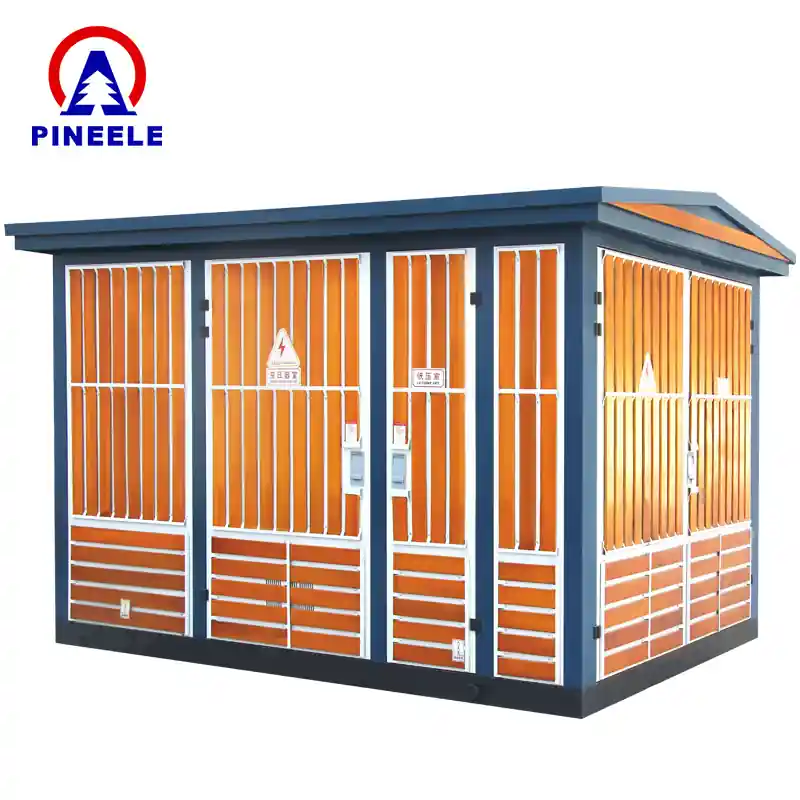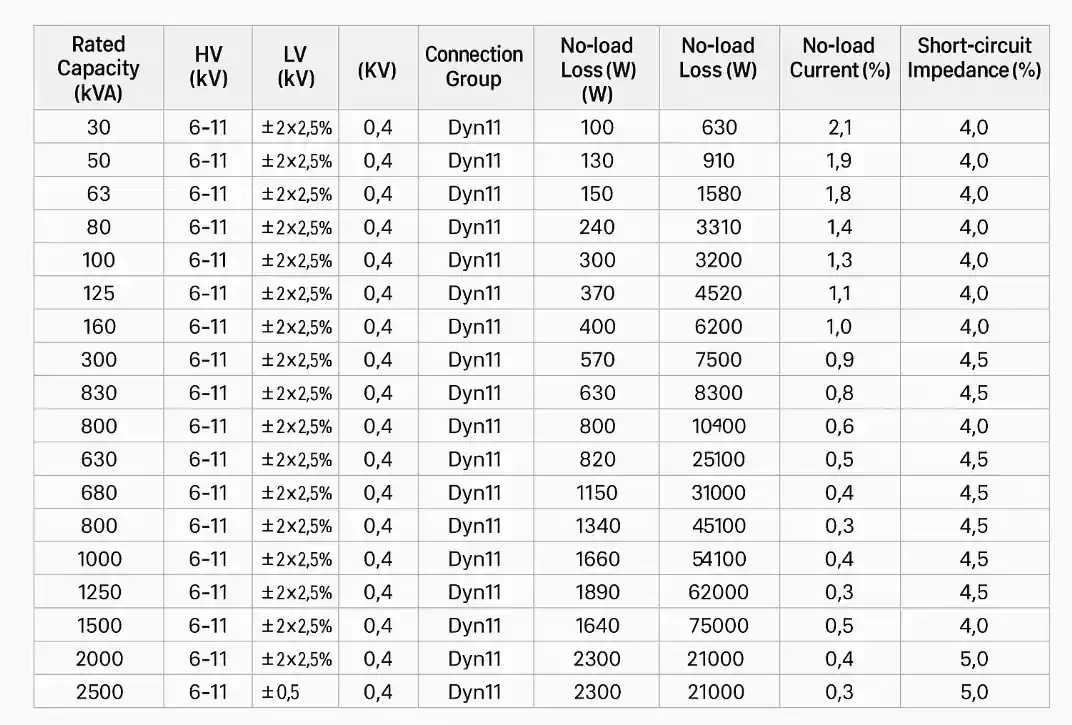Вторинна підстанція - це важливий компонент електричної мережі, що слугує проміжною ланкою між первинною підстанцією та розподільчою мережею. Її розмір і вартість залежать від навантаження та вимог до напруги. Підстанція зазвичай складається з трансформатора, розподільчого пристрою та систем управління. Добре спроектована вторинна підстанція забезпечує ефективну передачу, розподіл і споживання електроенергії. Розуміння її компонентів та принципів роботи є важливим для управління мережею, її обслуговування та розширення.

"Відкрийте для себе всі тонкощі роботи вторинних підстанцій, критично важливої інфраструктури для надійного розподілу електроенергії. Дізнайтеся про типові розміри та вартість цих підстанцій, починаючи від малих і закінчуючи великими установками. Вивчіть основні компоненти, включаючи трансформатори, вимикачі та шинопроводи, а також те, як вони працюють разом для регулювання напруги та струму. Отримайте всебічне розуміння вторинних підстанцій та їхньої ролі у підтримці стабільної та ефективної роботи електромережі".



